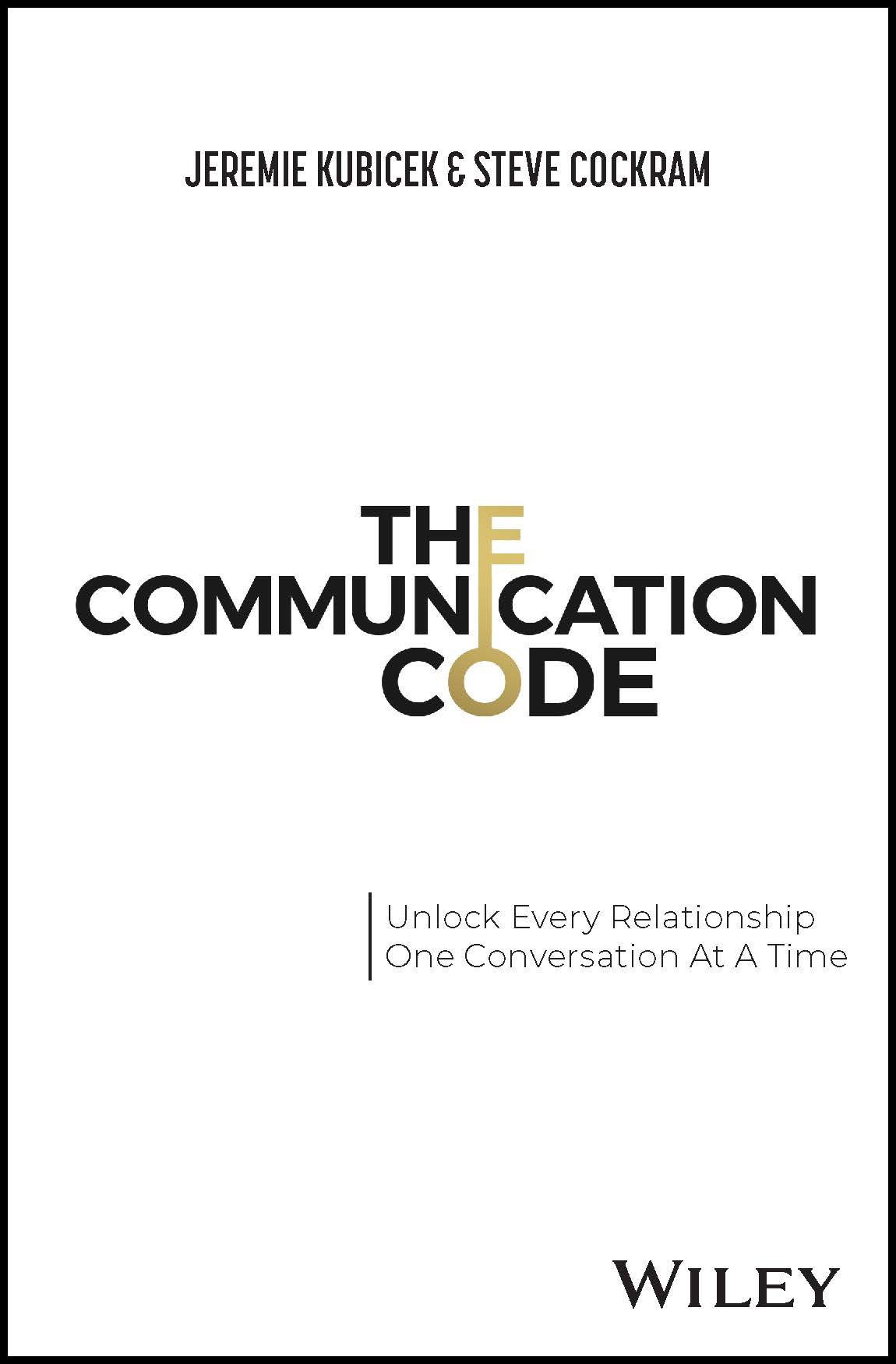The essence of the book revolves around the premise that effective communication is not merely about the transmission of information but about making connections that foster understanding, trust, and collaboration. Kubicek and Cockram present a series of principles and techniques designed to break down barriers and open channels for meaningful dialogue. One of the key ideas highlighted in the book is the concept of ‘intentional listening,’ a skill that encourages us to listen with empathy and without judgment, thereby creating a safe space for genuine conversation.
It’s a book that will encourage you to hold up the mirror and challenge and understand your own communication code before trying to influence others. The ‘5 C’s’ the authors highlight as essential tools for your communication toolbox definitely hit the mark and are great prompts and reminders for anyone navigating communication challenges at work and in their personal lives: care, celebration, collaboration, critique, and clarification.
While “The Communication Code” provides a structured approach to improving communication skills, it does have some shortcomings. Some readers may find the content overly prescriptive, emphasizing formulaic solutions that may not be easily adaptable to every interpersonal dynamic. In addition, if you’re not a fan of MBTI, this book is unlikely to inspire you. Additionally, the book occasionally lapses into anecdotal evidence that, although illuminating, did become a little repetitive in some sections and may not be sufficiently backed by empirical research to convince the more sceptical reader.
One notable oversight in “The Communication Code” is its predominantly neurotypical perspective, which overlooks the rich spectrum of neurodiversity and its implications for communication styles and strategies. The book does not address or acknowledge the varied ways in which neurodivergent individuals may perceive, process, and engage in communication, which could inadvertently alienate or misguide readers who do not identify with the neurotypical examples and advice provided. This gap is particularly evident in sections of the book where readers are encouraged to use assessment tools such as a Likert scale to evaluate their communication skills against a suite of questions designed around neurotypical measures. Such tools, and the feedback they generate are framed in a way that assumes a universal applicability, with the ‘results’ suggesting improvements like “Consider improving your listening skills and learning more about personality types and communication styles.” This approach can be problematic for neurodivergent individuals for whom these suggestions might not only be unhelpful but also potentially harmful, as they fail to recognise the unique challenges and strengths inherent to different neurotypes.
Moreover, while the authors acknowledge that their assessments are intended as starting points for self-reflection and growth, the lack of explicit recognition of neurodiversity and alternative communication models suggests a missed opportunity to foster inclusivity and accessibility. Future editions of the book would benefit significantly from revising these elements to incorporate a more nuanced understanding of neurodiversity. By doing so, Kubicek and Cockram could broaden the relevance and applicability of their communication strategies, ensuring they resonate with a wider audience and reflect the diverse ways in which individuals connect and communicate. Addressing these concerns would not only enhance the book’s inclusivity but also enrich its overall approach to cultivating effective and meaningful communication across a broader spectrum of human experience.
Even with these criticisms there is certainly value in this book and many readers will find nuggets of clarity that will help guide and improve their approach to communication. The real-world examples and exercises will undoubtedly enrich the learning experience for some readers and make the theoretical aspects of the book tangible and relatable. Not a book I’d recommend for everyone for the reasons detailed above. However, many people will read and LOVE this book, and will no doubt add the 5 C’s to their communication toolkit in their own way, just as I have done.
Published by Wiley
Reviewed by Karen Beaven, Freelance Internal Comms and Employee Experience Consultant







